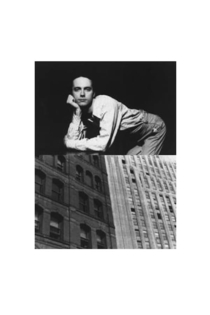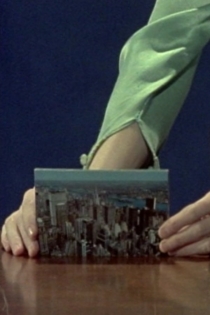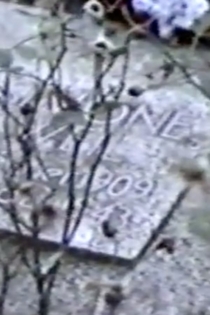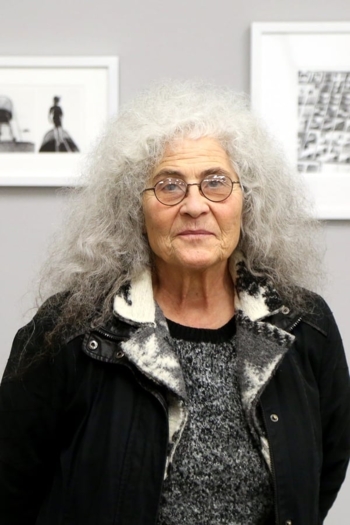
Babette Mangolte
2021Seven Easy Pieces
Babette Mangolte
Marina Abramović, Olivera Katarina
For Seven Easy Pieces Marina Abramovic reenacted five seminal performance works by her peers, dating from the 1960's and 70's, and two of her own, interpreting them as one would a musical score. The project confronted the fact that little documentation exists from this critical early period and one often has to rely upon testimony from witnesses or photographs that show only portions of any given performance. The seven works were performed for seven hours each, over the course of seven consecutive days, November 9 –15, 2005 at the Guggenheim Museum, in New York City. Seven Easy Pieces examines the possibilities of representing and preserving an art form that is, by nature, ephemeral.
Seven Easy Pieces
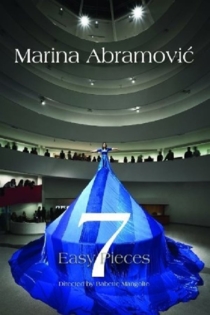
The Sky on Location
Babette Mangolte
Babette Mangolte
A personal meditation on the landscape of the American West that tracks the ruling conception in nature in the 19th and 20th centuries from the pioneers through the instamatic tourists, at the same time that it obsessively follows the four seasons. The elemental vicissitudes of the weather, the exact moment of the day, the colour of the light and the soil and the trees form an acute visual record of the constantly changing mood of the landscape. The film successfully attempts, with quiet, passionate, almost single-minded firmness, to confront us as nakedly as possible with our cultural inability to see nature whole, without preconceptions.
The Sky on Location
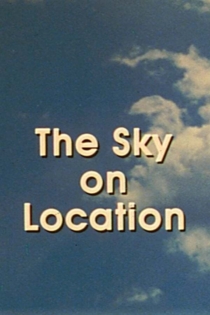
The Cold Eye (My Darling, Be Careful)
Babette Mangolte
James Barth, Powers Boothe
A “narrative” film centered on young artists living in New York City around 1979. The film is about a certain stage in the development of a young artist confronting the real world in terms of her own idealistic notions of what art is supposed to do. You never see her. She is the camera’s eye and when someone says to the camera “My darling be careful”, it could be addressing her or you the spectator. The subjective camera set-up challenges your position as an impartial observer. - BM
The Cold Eye (My Darling, Be Careful)

‘Rameau’s Nephew’ by Diderot (Thanx to Dennis Young) by Wilma Schoen
Michael Snow
Kevin Wenzel, Munro Ferguson
Described (rather cheekily) by director Michael Snow as a musical comedy, this deft probing of sound/image relationships is one of his wittiest, most entertaining and philosophically stimulating films. In his words, the film “derives its form and the nature of its possible effects from its being built from the inside, as it were, with the actual units of such a film, i.e. the frame and the recorded syllable. Thus its ‘dramatic’ element derives not only from a representation of what may involve us generally in life but from considerations of the nature of recorded speech in relation to moving light-images of people.’”
‘Rameau’s Nephew’ by Diderot (Thanx to Dennis Young) by Wilma Schoen
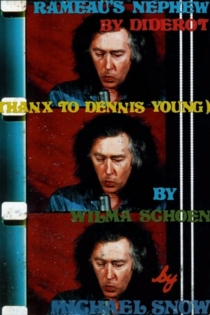
Cinématon
Gérard Courant
Gérard Courant, Alain-Alcide Sudre
Cinématon is a 156-hour long experimental film by French director Gérard Courant. It was the longest film ever released until 2011. Composed over 36 years from 1978 until 2006, it consists of a series of over 2,821 silent vignettes (cinématons), each 3 minutes and 25 seconds long, of various celebrities, artists, journalists and friends of the director, each doing whatever they want for the allotted time. Subjects of the film include directors Barbet Schroeder, Nagisa Oshima, Volker Schlöndorff, Ken Loach, Benjamin Cuq, Youssef Chahine, Wim Wenders, Joseph Losey, Jean-Luc Godard, Samuel Fuller and Terry Gilliam, chess grandmaster Joël Lautier, and actors Roberto Benigni, Stéphane Audran, Julie Delpy and Lesley Chatterley. Gilliam is featured eating a 100-franc note, while Fuller smokes a cigar. Courant's favourite subject was a 7-month-old baby. The film was screened in its then-entirety in Avignon in November 2009 and was screened in Redondo Beach, CA on April 9, 2010.
Cinématon

Visible Cities
Babette Mangolte
Archer Martin, Christine Berry
Two women are in search of a home in the Southern California landscape. From the outside looking in, they see the single-family home as the locus of the exclusion of the other. It is also unaffordable. They both feel as if they are invisible citizens. They witness how the architectural landscape imposed on the California desert appears as a reversal of nature, where exclusive living, gated communities and segregation go hand in hand. They dream of escape.
Visible Cities
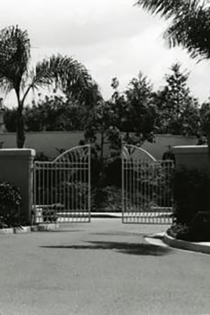
There? Where?
Babette Mangolte
Babette Mangolte, Louis Hock
A naive look at Southern California by an outsider, and/or an essay on displacement through the disjunction of Californian images and off screen voices. Where is the location of these voices, here or there? Are the images near or far in relation to the voices? Are the images commenting on the images or vice versa?
There? Where?
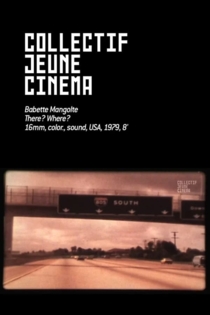
Entretien avec Babette Mangolte
Chantal Akerman
Babette Mangolte, Chantal Akerman
"To begin with, we have Babette Mangolte, the camera technician on Hotel Monterey, La Chambre and Jeanne Dielman, but who for me also symbolises the New York years, she introduced me into the very core of what was new, even revolutionary, in New York, and our interview is about the city of New York in the early 70s." – Chantal Akerman
Interview with Babette Mangolte
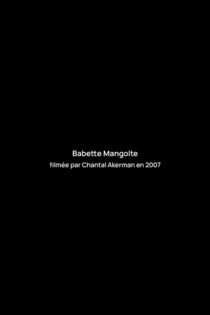
Je, Nous, I or Eye, Us
Babette Mangolte
"The film Je, Nous, I or Eye, Us is a mini essay that replies to a question about subjectivity in the 1970s while I was making my film 'The Camera Je, La Camera: I' about taking photographs. The new film from 2014 uses footage shot at the time of The Camera: Je but never used in 1976 and 1977 and adds to the 16mm film a series of titles about a photographer’s subjectivity then and now." (Babette Mangolte)
Je, Nous, I or Eye, Us

